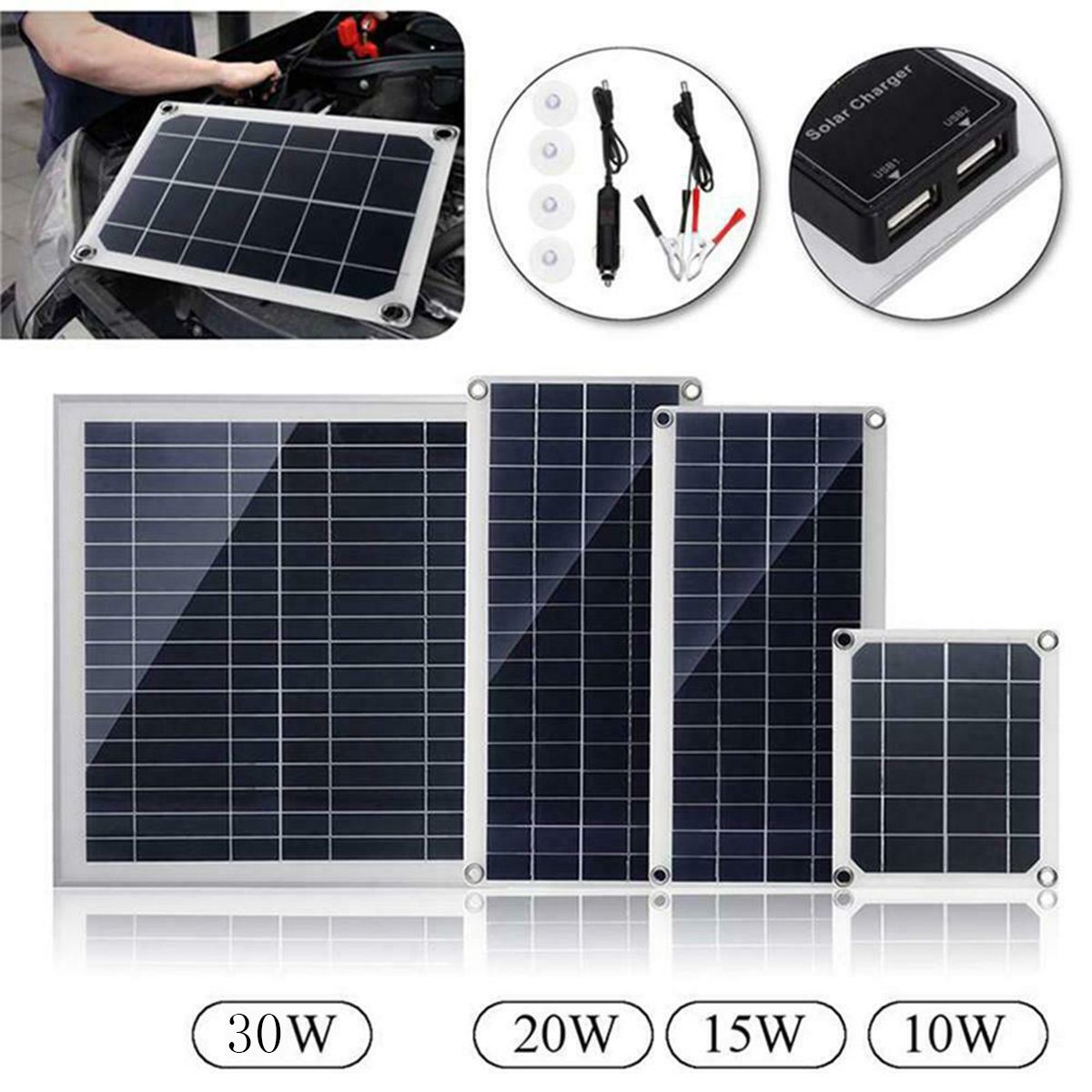These are the traditional types of solar panels made of monocrystalline silicon or polysilicon and are most commonly used in conventional surroundings.
Various types of solar panels.
Monocrystalline polycrystalline and thin film.
Multi crystalline multi si multi si provides more watts for your dollar so it is more popular.
Mono crystalline mono si higher efficiency but is more expensive.
Each type has its own unique advantages and disadvantages and the solar panel type best suited for your installation will depend on factors specific to your own property and desired system characteristics.
These solar panels are good options when you need something that is reliable and capable of providing you with clean energy.
The choice between different types of solar panels is mostly down to aesthetics.
Solar tiles make your roof look like your neighbours and blend in with the surroundings but can be a more expensive option.
The major types of solar panels there are three major types of solar panels.
There are many ways to manufacture solar panels and this determines their final appearance.
Polycrystalline monocrystalline or thin film.
Most solar panels used in homes and businesses can be classified into three types.
Polycrystalline types of solar panels were developed first.
Monocrystalline solar panels are highly efficient and have a sleek design but come at a higher price point than other solar panels.
There are two main types of solar panel cells.
As said before solar panels vary broadly in their design and quality even within a single manufacturer s line.
There are three main types of solar panels.
Monocrystalline solar panels are among the most common types of solar panels that you will see on the market.
The two types of crystalline silicon are.
It s good to understand the difference between the two because your choice will determine cost and the amount of roof space your solar installation requires.
Thin film panels are more flexible but you need to cover a bigger area to get the power to provide energy for an average home.
Inside an absorber captures the solar energy and transfers it to a fluid.
This second type of thermal solar power technology concentrates the warmth of the sun s rays using collectors to heat a transfer fluid gas oil or molten salt for example to a high temperature.
The process of gathering energy with these solar panels is very efficient overall.
However making them is incredibly difficult.
Monocrystalline polycrystalline and thin film.
However most panels fall into one of three categories.






























